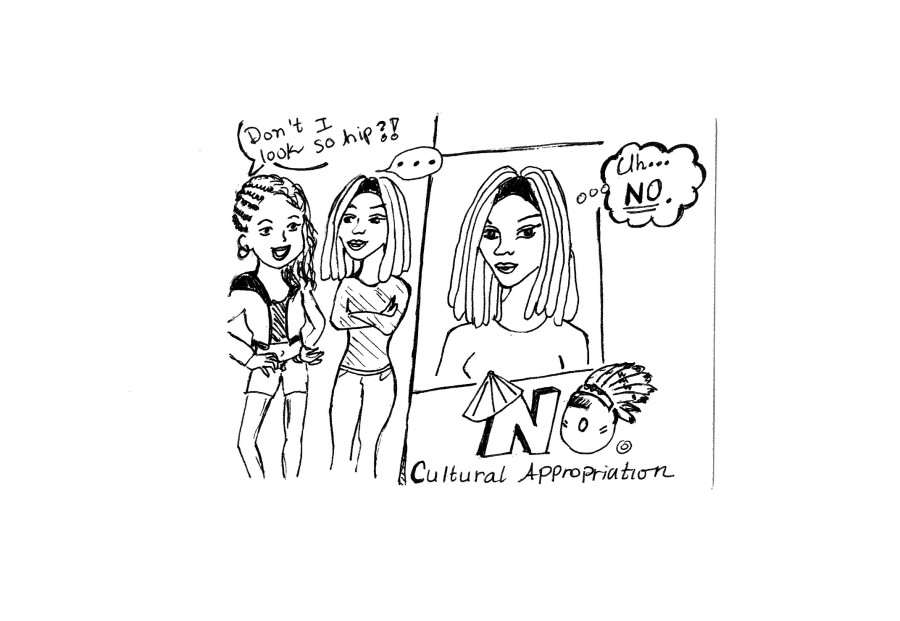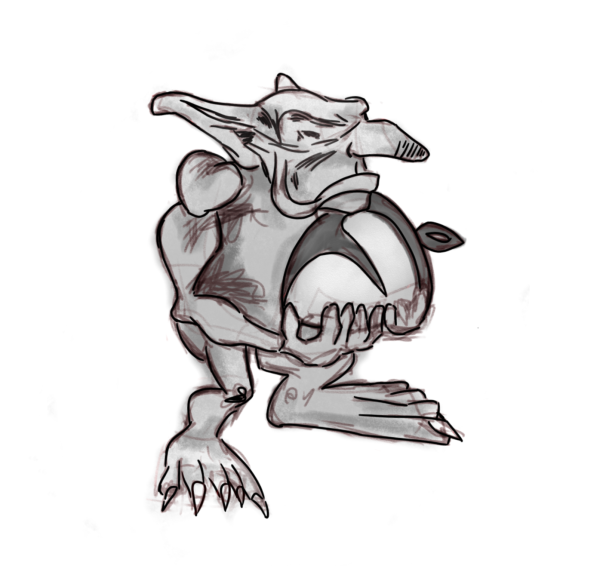Cultural Appreciation and Exchange, Not Appropriation, is Wanted
What do Kylie Jenner’s lips and Hitler have in common? Cultural appropriation. According to FreeRepublic.com, cultural appropriation is the adoption of an oppressed people’s cultural elements by members of the dominant culture, or by members of any culture that has historically oppressed the people of the originating culture. All too often, people are made fun of and judged for qualities that came from their culture. Yet, it is perfectly acceptable when non-minorities do the very same things, such as wearing certain hairstyles or speaking a certain way.
Often times, people who appropriate cultures do not understand the significance of a different culture’s symbol or beliefs and they change the meaning of them. For example, many do not realize that before the swastika was a symbol for hatred and Nazism, it was considered to be a very sacred symbol in Hinduism, Buddhism, and Jainism. According to the United States Holocaust Memorial Museum, the swastika was known to be a symbol of good luck and fortune, but was then used by archeologist Heinrich Schliemann as a symbol for “Aryan identity” and German nationalist pride. This is one prime example of taking something from a certain culture and making it inaccessible to the group it was taken from. The Nazis took a symbol from a group of people and turned it into something that is internationally known for hate. Unfortunately, many people do not even realize is that the swastika was used for good before the Nazis gave it a bad connotation. Hinduism, Buddhism, and Jainism are not given credit for a symbol that was originally theirs; the swastika is just seen as a hate symbol used by Hitler.
Modern day cultural appropriation is just as rampant, but it is over-looked and sometimes dismissed because it is seen as being funny or entertaining. When one culture decides to strip another of something that is traditionally theirs, it gives the sense that one culture is dominant over the other. For example, black women have worn their hair in braids, dreadlocks, and cornrows as a way to keep naturally coarse and textured hair neat, but also stylistic. These hairstyles have played an integral role in hip-hop music, which is a predominantly African American-genre that asserts the identities of black people. In the early 2000s, when hip-hop started to assimilate into mainstream culture, black culture did as well. This is when many magazines and fashion editorials began to announce that cornrows were a new urban look. Black women and the culture that cornrows began in were never given any credit or any mention to the fact that they helped create this “trend.” Another example of cultural appropriation can be found in music. In the early 1950’s, black musicians were not widely accepted in U.S. society, and so record producers decided to use white musicians to duplicate black musical styles. This is why rock ‘n’ roll is mainly associated with whites, even though blacks pioneered the genre.
When cultures are appropriated, people outside of the culture begin to take a culture for their own use and dub that socially acceptable. Rather than having cultural appropriation be the norm, cultural exchange should happen in its stead. Cultural exchange is the mutual exchange of ideas and beliefs of different, but equal cultures. The difference here is that with cultural exchange, no one is trying to take something and use it for themselves; with cultural exchange, everyone is equal and wants to learn and be a part of other cultures and ideas. According to UnsettlingAmerica.com, true cultural exchange is one that should be mutual and positive. It is important for people to realize that beliefs and ideals must be shared and not taken.
Cultural appropriation needs to be eliminated, and it can only end after people become educated and realize that taking on another culture and wearing its different components and intricate beliefs as a costume is wrong. The world needs to start thinking about how cultural appropriation affects people and instead use cultural exchange as a way to appreciate and acknowledge another culture. The perpetuation of cultural appropriation is the equivalent of telling cultures that have faced so much oppression that their subjugation will never end and that their culture can be used in a game of dress up.
Hello there! Our goal is to provide relavent, engaging journalism for readers of all ages. Your donation will support the student journalists of the Wolfpacket at Claremont High School, and will allow us to purchase equipment, print our monthly issues, and enter in journalism competitions. We appreciate your consideration!
Roi Wallace is a junior at Claremont High School. It’s her first year in Wolfpacket. She plays on the varsity volleyball team and in her free time you...











